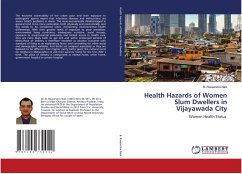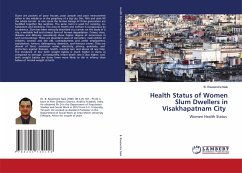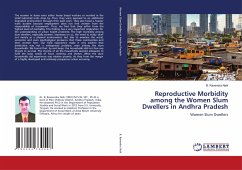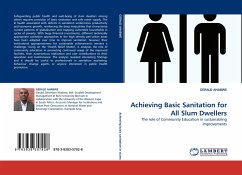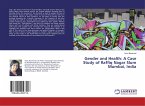The excessive vulnerability of the urban poor and their exposure to pathogenic agents means that infectious diseases and malnutrition are severe health problems in slums. The socio-economically disadvantaged in general tend to be more vulnerable, both physically and economically, and this needs to be considered when interpreting environmental health differentials. With their greater levels of exposure to poor sanitation, overcrowded living conditions, inadequate nutrition, social stresses, exposure to environmental pollutants and limited access to health care, they are more likely both to get sick and suffer prolonged periods of illness.Place of delivery is therefore modeled as another outcome with standard of living as an explanatory factor and controlling for other social and demographic variables. First births are analysed separately as they are believed to be different from higher parity births given the cultural norm for mothers in Maharashtra to visit their parents' home for the first child' s birth. The place of delivery is categorized as marital home, other home, government hospital or private hospital.
Bitte wählen Sie Ihr Anliegen aus.
Rechnungen
Retourenschein anfordern
Bestellstatus
Storno

